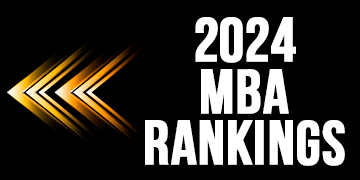The Conference Board Employment Trends Index (ETI) Increased in September
The Conference Board Employment Trends Index™ (ETI) increased in September to 120.17, up from a downwardly revised 118.48 in August 2022. The Employment Trends Index is a leading composite index for employment. When the index increases, employment is likely to increase as well, and vice versa. Turning points in the index indicate that a turning point in the number of jobs is about to occur in the coming months.
“The ETI increased in September 2022, signaling that employment will continue to grow over the coming months,” said Frank Steemers, Senior Economist at The Conference Board. “However, job gains are likely to decelerate from their recent pace as the US economy has weakened as the Federal Reserve rapidly raises interest rates. In addition, most industries have recovered their pandemic-induced job losses, which is further bringing down the pace of hiring.”
Steemers added: “Some easing to labor shortages is expected as the demand for workers diminishes. However, recruitment and retention difficulties will not disappear as the unemployment rate is only projected to rise to around 4.5 percent in 2023 and labor supply remains challenged. In this environment, wage growth may also remain elevated. Companies will need to prepare for continued labor shortages and further improve their sourcing and retention strategies to remain competitive.”
September’s increase in the Employment Trends Index was driven by positive contributions from seven of eight components. From the largest positive contributor to the smallest, these were: Ratio of Involuntarily Part-time to All Part-time Workers, Initial Claims for Unemployment Insurance, Job Openings, Real Manufacturing and Trade Sales, Number of Employees Hired by the Temporary-Help Industry, Percentage of Respondents Who Say They Find “Jobs Hard to Get”, and Industrial Production.
The Employment Trends Index aggregates eight leading indicators of employment, each of which has proven accurate in its own area. Aggregating individual indicators into a composite index filters out “noise” to show underlying trends more clearly.
The eight leading indicators of employment aggregated into the Employment Trends Index include:
- Percentage of Respondents Who Say They Find “Jobs Hard to Get” (The Conference Board Consumer Confidence Survey®)
- Initial Claims for Unemployment Insurance (U.S. Department of Labor)
- Percentage of Firms With Positions Not Able to Fill Right Now (© National Federation of Independent Business Research Foundation)
- Number of Employees Hired by the Temporary-Help Industry (U.S. Bureau of Labor Statistics)
- Ratio of Involuntarily Part-time to All Part-time Workers (BLS)
- Job Openings (BLS)*
- Industrial Production (Federal Reserve Board)*
- Real Manufacturing and Trade Sales (U.S. Bureau of Economic Analysis)**
*Statistical imputation for the recent month
**Statistical imputation for the two most recent months
The Conference Board publishes the Employment Trends Index monthly, at 10 a.m. ET, on the Monday that follows each Friday release of the Bureau of Labor Statistics Employment Situation report. The technical notes to this series are available on The Conference Board website: http://www.conference-board.org/data/eti.cfm.






